Italian Liberty Style influenced architecture, figurative arts, and applied arts. The movement appeared during the First International Exposition of Modern Decorative Arts in Turin.
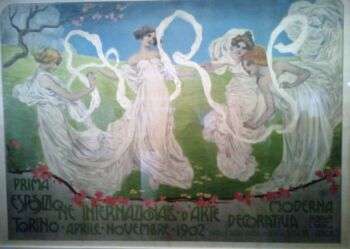
Image source: https://en.wikipedia.org/wiki/Liberty_style#/media/File:Esposizione_arte_moderna_Torino_1902.JPG
How it Started
After the International Exhibition in Turin in 1902, the Italian Liberty Style Architecture became a symbol of what will be named the Italian Art Nouveau. Initially, the style formed to contrast mass production and standardization of goods made with poor quality materials. Further, the movement preferred craftsmanship and creativity.
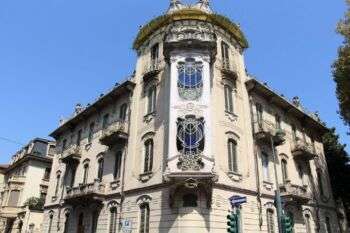
Image source: https://search.creativecommons.org/photos/27363073-ea63-4112-ba45-21141de78b7a by corno.fulgur75
This Style Features
Features of the Style
The most important characteristics of Italian Art Nouveau:
- Ornamental Style
- Sinuous and continuous lines
- Movement
- Aesthetic sophistication
- Attention to details
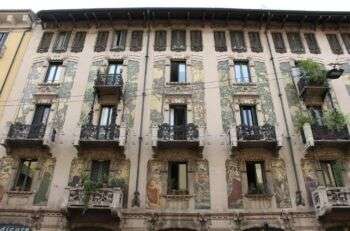
Image source: https://search.creativecommons.org/photos/4cf834f6-b3dd-448d-aa13-fb3e1d7c9d41 by corno.fulgur75
Important Artists
Liberty Style in Italy developed to important figures such as Giuseppe Sommaruga, Giuseppe Cominetti, Benvenuto Benvenuti, Ernesto Basile and Carlo Bugatti. They marked the new art in a distinctive way.

Image source: https://it.wikipedia.org/wiki/Ernesto_Basile
Ernesto Basile was a famous Sicilian architect and one of the main designers of the Liberty Style. His elegantly basic Art Nouveau architecture is perhaps best represented by the Villino Florio and the Utveggio House in Palermo. Also, he designed the Villino Basile and the Villino Fassini, both in Palermo.
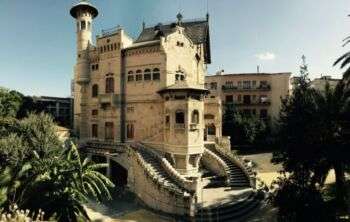
Image source: https://search.creativecommons.org/photos/eee480ad-3d1b-47b0-9f49-3698d93cff3b by GiuseppeT
One of his best-known projects was his extension to Bernini‘s Montecitorio Palace in Rome, an evident example of Renaissance style. After the war ending in 1918, his architecture changed to include more Classical elements.
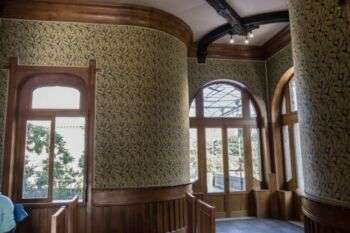
Image source: https://search.creativecommons.org/photos/d0888917-d303-4e91-8620-be40d453ae18 by Davide Mauro

Image source: https://en.wikipedia.org/wiki/Carlo_Bugatti#/media/File:Carlo_Bugatti_(1920).jpg
Carlo Bugatti was one of Italy’s most important and disruptive designers. Despite falling out of fashion for a little time, his work has recently been recalled thanks to a strong revival. Typical of the first phase of his style, he used heavy, ebonized wood adorned with copper, brass, ivory, or other precious materials decorated with animal or insect patterns. Influenced by Moorish, Japanese, and primitive art, his pieces of furniture were unique, even theatrical.
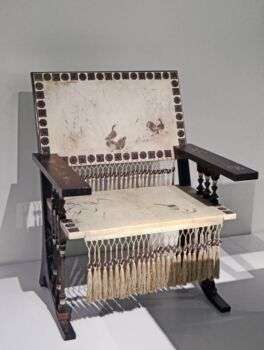
Image source: https://search.creativecommons.org/photos/28735093-d208-4ad0-97e0-e4cffaf0f988 by dalbera
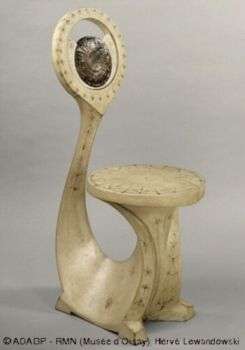
Image source: https://search.creativecommons.org/photos/ae1d5365-4637-4a82-8889-b04eea4d15c7 by lartnouveauenfrance
Info source: https://en.wikipedia.org/wiki/Liberty_style
